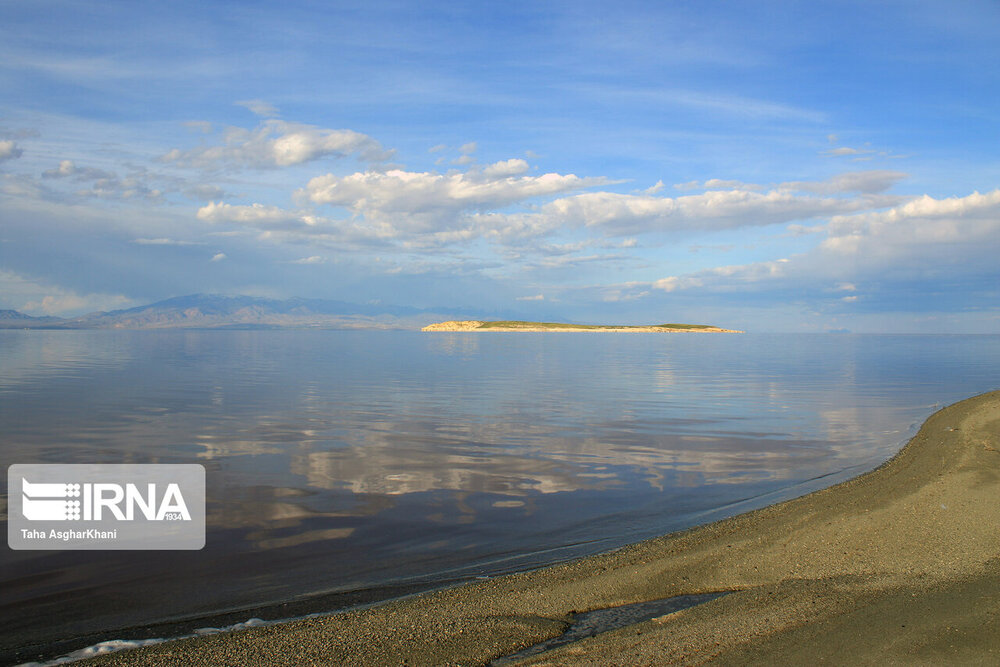Measures to revive Lake Urmia ‘an example to inspire us all’: Gary Lewis

TEHRAN – Gary Lewis, director for disasters and conflicts at the United Nations Environment Programme (UNEP), praised Iran for measures taken to revive the Lake Urmia.
“As I said when serving in Iran, to every human-made problem, there exists a human-made solution. Work still remains to be done, but what has recently happened in Lake Urmia is an example to inspire us all. All hands count,” Lewis wrote on his Twitter account on Thursday.
Lewis has been a representative and coordinator of the United Nations in Tehran since 2013, and after five years, on January 15, 2018, his mission ended.
Farhad Sarkhosh, head of the Lake Urmia Restoration Program’s office in West Azarbaijan province said that the lake’s level has reached 1,271 meters and 87 centimeters, which is 37 centimeters higher than the last year’s level.
The lake's water volume was estimated at more than 4.620 billion cubic meters, which indicates an increase of 1.010 billion cubic meters compared to the last year.
He went on to say that Lake Urmia’s surface area has now reached more than 3,093 square kilometers, adding that the figure has increased by 244 square kilometers compared to the same period last year.
According to the latest statistics of the Meteorological Organization, since the beginning of this water year, West Azarbaijan province received 339.8 millimeters of rain, which demonstrates an increase of 58.6 percent compared to the long-term average.
The above normal levels of rain came to help conservation measures to preserve the Lake Urmia which have now increased by 37 centimeters compared to [the Iranian calendar month of Farvardin (March 19- April 18)] last year.
This is while Lake Urmia still needs 9.5 billion cubic meters of water to reach its ecological level of 1274.10.
Shared between West Azarbaijan and East Azarbaijan provinces in northwestern Iran, Lake Urmia, was once the largest salt-water lake in West Asia. It was home to many migratory and indigenous animals including flamingos, pelicans, egrets, and ducks, and attracted hundreds of tourists every year who had bathed in the water to take advantage of the therapeutic properties of the lake.
However, decades of long-standing drought spells and elevated hot summer temperatures that speed up evaporation as well as increased water demands in the agriculture sector shrank the lake drastically. In 1999 the volume of water which was at 30 billion cubic meters drastically decreased to half a billion cubic meters in 2013. Moreover, the lake surface area of 5,000 square kilometers in 1997 shrunk to one-tenth of that to 500 square kilometers in 2013.
These days, life has returned to Lake Urmia. The lake now has so much water that tourists can swim in its shiny water and birds and aquatic species such as flamingos and Artemia have returned to it, but it still has a long way to completely survive.
FB/MG
Leave a Comment